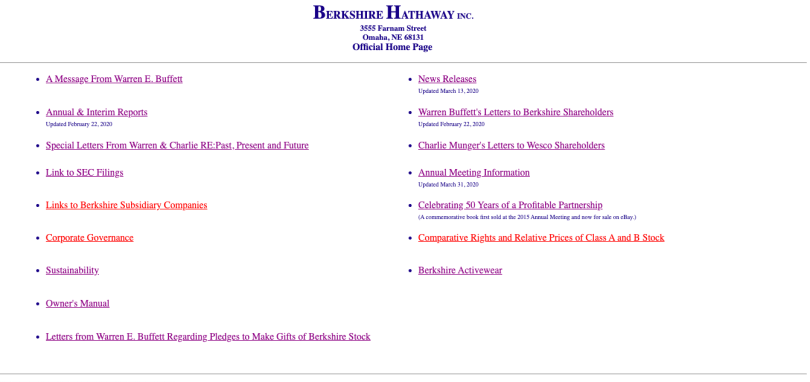Pretend you’re in charge of creating a website for Company X. When looking through the potential prototypes and wireframes, you see Option A and Option B (pictured below). Which one do you choose?

The majority of people, myself included, would go with Option A. After all, why not? It conforms to the design we’re familiar with. The prototype looks slick, vibrant and bright with images. However, Option A isn’t the right answer. Neither is Option B. It’s a trick question! The real answer is that it depends. Before even deciding on either option, the first question that must be asked is: “Who is this website for?” Without knowing the audience that the website is serving, creating a truly successful product is impossible. This is the essence of human-centered design — focusing on the user first. Figure out the user’s behavior, needs, wants and goals. In doing so, you can start to design a product that will engage users and retain them. You will design a product that is relevant to the user, instead of a product that management thinks is relevant to the user (two very different things). To emphasize this point a bit further, I want to leverage Option B as a quick case study to remind ourselves of our biases.
On first impression, Option B looks straight out of the ’80s. The text is off, the font is off, the URLs look outdated, and there isn’t any slick design or features. In comparison, Option A is a lot slicker and visually pleasing, leading many of us to immediately choose that option. But what if I told you that Option B is the official website of multi-billion dollar company Berkshire Hathaway? If you don’t believe me, check it out for yourself here. Now, I don’t claim to have the inside scoop on the thinking behind Berkshire Hathaway’s website design team, but I think this website perfectly illustrates the fundamental idea of human-centered design.
When I first discovered that this was the official website of Berkshire Hathaway, I was shocked — I even thought it was a joke. How could a multi-billion-dollar company have such a “terrible” website? It didn’t make any sense. To me, the website had to be terrible. After all, the color wasn’t great, and the design wasn’t something that I liked. The homepage was a table of hyperlinks. However, as I took a step back and filtered my perspective through a human-centered design lens, I began to understand why this design might actually make sense, and even be the “right” design.
The official website is built for the shareholders of Berkshire Hathaway. It’s not built to convert customers. It’s not built for you or me. Shareholders are really only concerned with very specific things: news releases, reports and letters from Warren Buffett to name a few. With this in mind, the framework of the website begins to make sense. A shareholder visiting the website has their key needs organized in a way that allows for easy access to information that will be relevant to them. The website is clear, concise and serves its purpose. All the bells and whistles important to many other people/customer segments don’t matter at all to these specific users. They only care about finding information in the simplest way possible and getting updates from Berkshire Hathaway. From this perspective, the website has gone above and beyond in design to serve its users. Will creating a new, slick website really make more money for Berkshire Hathaway? This site is for shareholders, not designers. For companies that Berkshire Hathaway holds a stake in, on the other hand, a “slick design” might matter for converting customers. In these cases, the design and creation of the website would be tailored to a different set of users.
Ultimately, as product managers, product owners, designers — whatever the role — it is easy to get caught up in creating things that may not actually be important for the user. This may stem from our own biases, stakeholder input and “trendy” ideas, but it is important to stay grounded. While it sounds easy, focusing on the user in every aspect of our work requires constant concentration.





